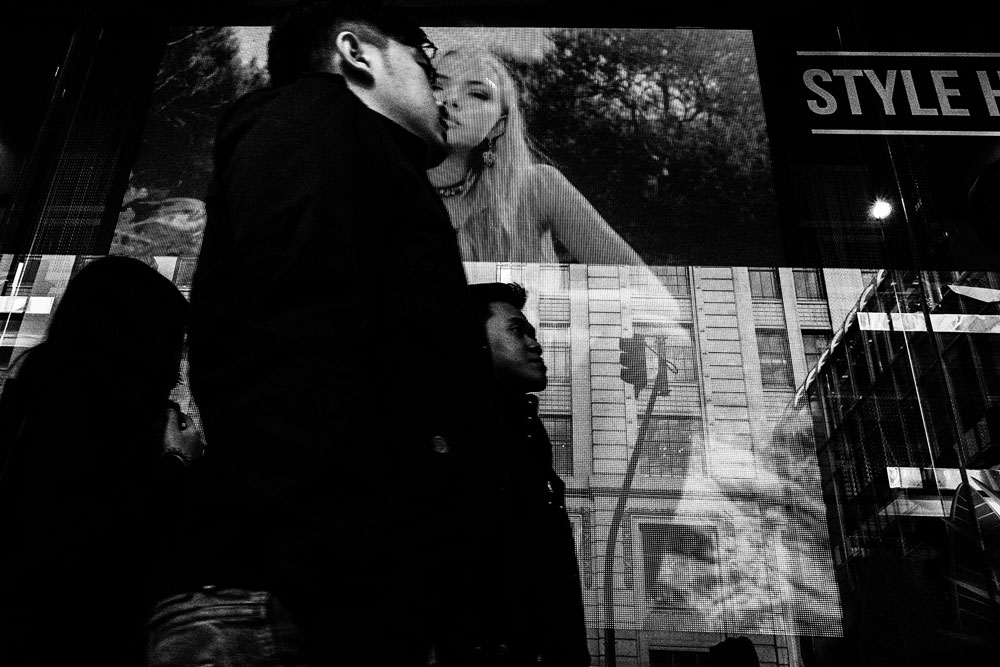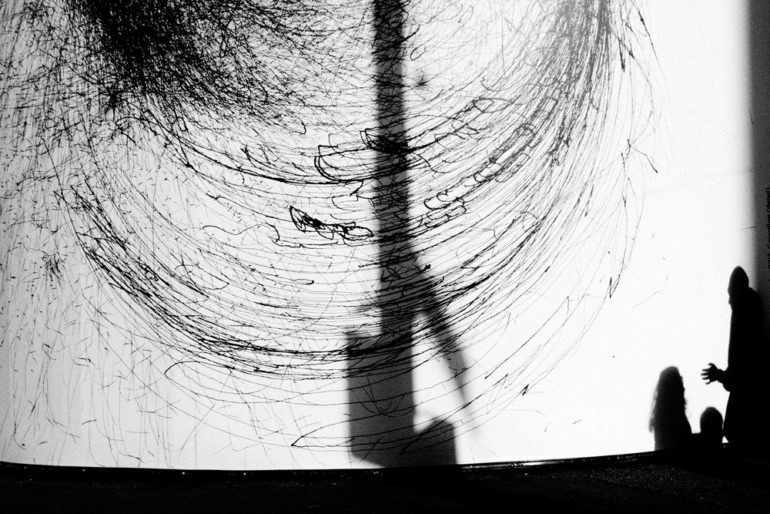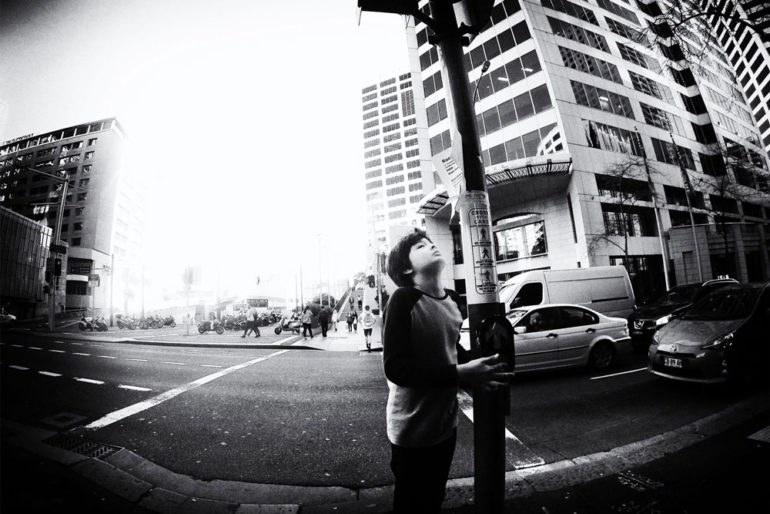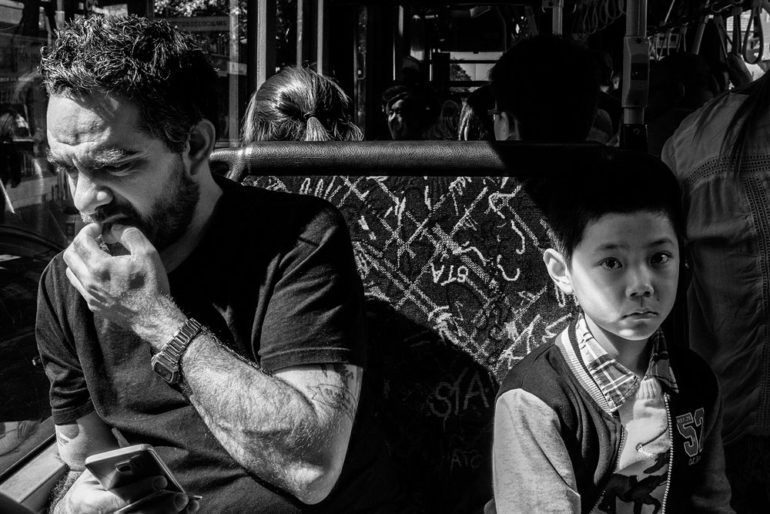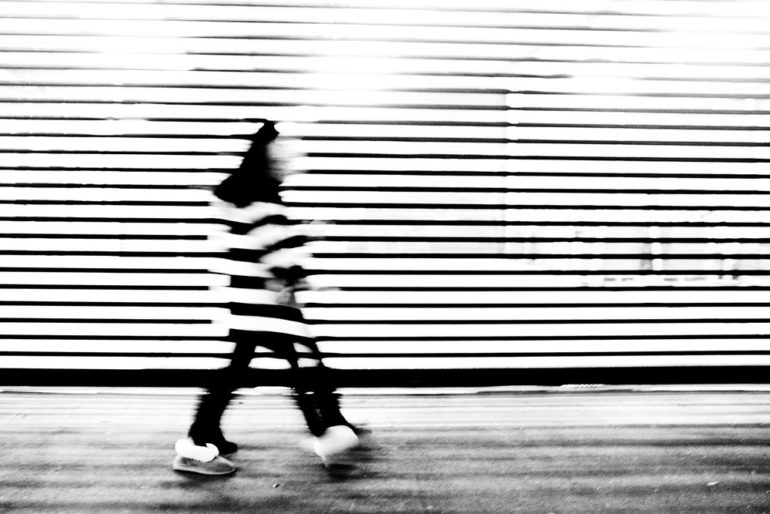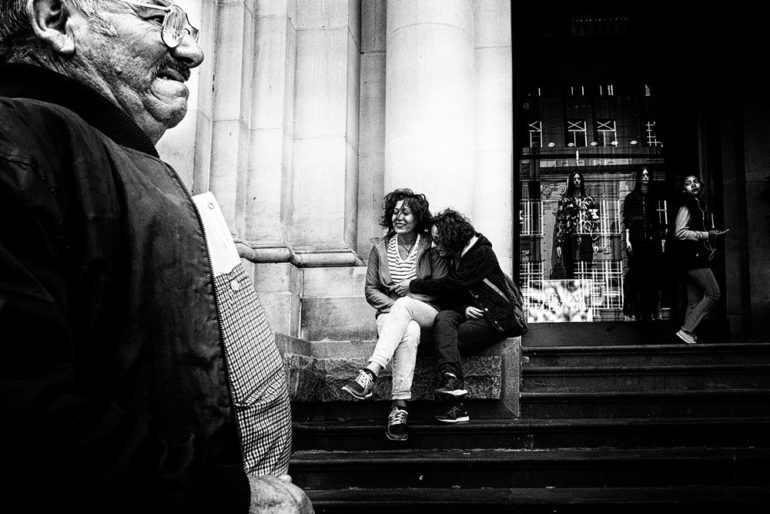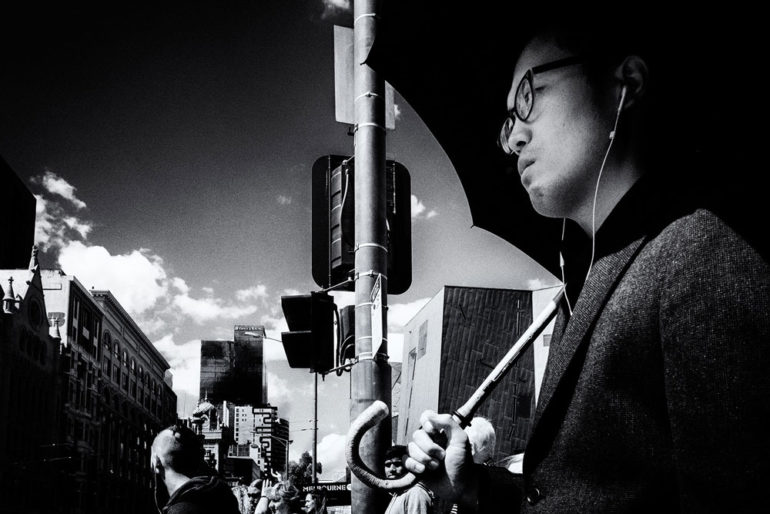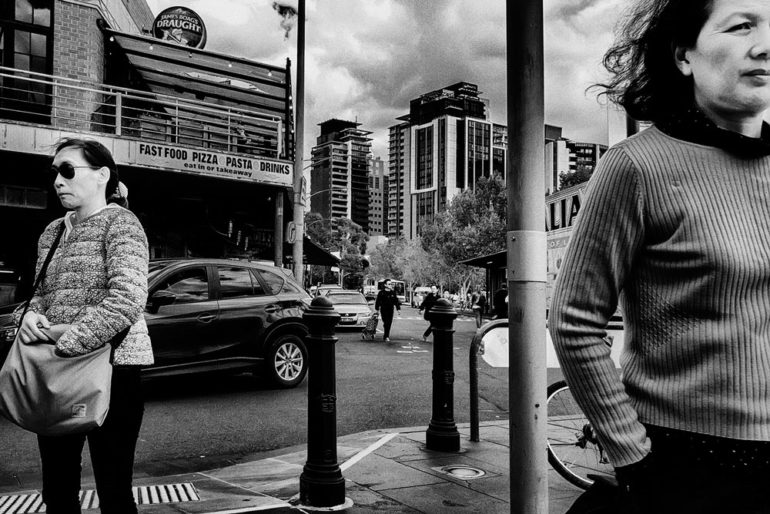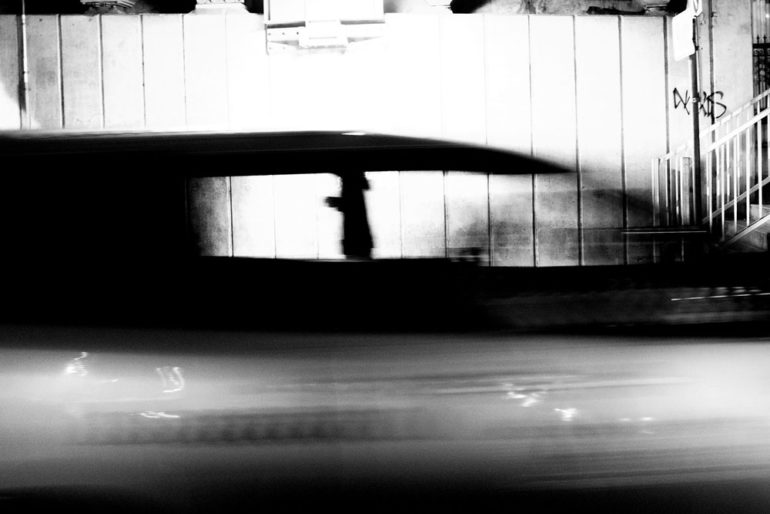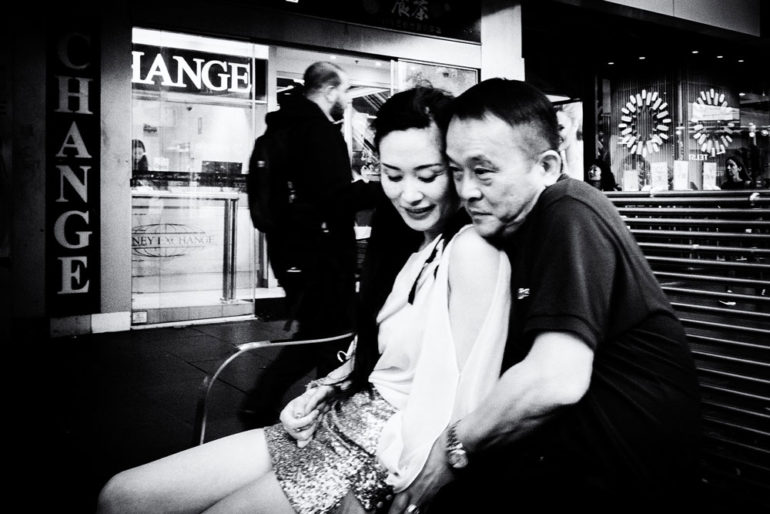All images by Anirban Chatterjee. Used with permission.
Photographer Anirban Chatterjee is a Melbourne based photographer. He doesn’t like labels, but if you were to label him, he’d be a street shooter. “Personally, I think myself as a narrator who uses the street as a stage and real people as characters to tell stories.” says Anirban. When you look at his work, it makes a whole lot of sense. His photos combine aspects of many schools of thought in the genre.
For Anirban, photography happened later on in life–and he cites peer pressure. “I got my first camera, a small digital point and shoot in 2005 when I moved to London, primarily to share images with my family in India.” he tells us in an email. “Then in 2007, I moved to Thailand. During this time prosumer DSLRs were a rage.” Indeed, they really were. All of Anirban’s friends had one and he started to experience a bit of feeling left out. After justifying the expense to his wife, he got one and started to teach himself photography. Then he got hooked.
Here’s more from Anirban:
‘Street’ Photography happened even later. In 2013, I relocated to Australia, became a dad, and pretty much life took over. Photography was least of my priorities. When I settled down and decided to get back into photography, street photography was the easiest way to ease back. I was referred to Paul McDonald from Contact Sheet in Sydney by my good friend and a terrific shooter himself Sergio Leyva. It was Paul who helped me to look beyond the cliches and use ‘street’ as a stage to tell stories. So it is only since the middle of 2016 I have a renewed focus on this genre.
I mostly use a Fujifilm X70 for my street-based work. I also use a Fujifilm X100T, but it is X70 which sees the most action. I am like to keep my photography as simple as possible. I automate most of the function and prefer to change only a few parameters, mostly aperture and exposure compensation. Both these cameras are light and compact which is ideal for carrying with me everywhere, technologically advanced enough for me to trust its automation, and gives a very intuitive way to access the parameters which I need. It does the technology heavy lifting without any dramas and let me focus on making the image.
The primary motivation behind my photography is the urge to imagine and tell a story. It is an adrenaline rush when something occurs before your eyes which are similar to what you had in mind. It doesn’t happen every day. But back in your mind you know it can happen anytime. That suspense and that fear that something may happen which you will miss when you pack up and go, or when you are sitting at home are a bit addictive.
I love looking at other photographer’s work and pick up bits and pieces from everybody. Colour from Saul Leiter, composition from Gregory Crewdson, the list is extensive. But if I have to take one name, it has to be Joe Mcnally. I love his work, his storytelling style and his humour and he has the biggest influence in my photography. And I am a fanboy.
Photographing on the street is not a new concept. But my intention of doing it is a bit different than most. I am not trying to document human condition or keep a historically accurate document of an era. Though all my images are a candid and unstaged slice of a moment on the street, my intention is to use these moments to create my universe. I hope when someone looks at my work or may look after 10, 15 or 20 years from now, they will think of an imaginary world. A world which is based on truth but is stranger than fiction.
For more work from Anirban, I strongly suggest checking out his website and his Instagram.


